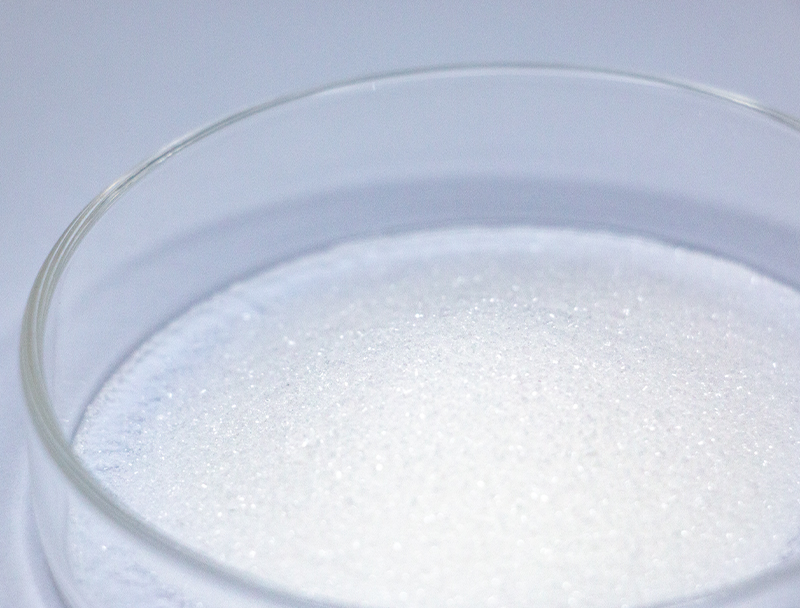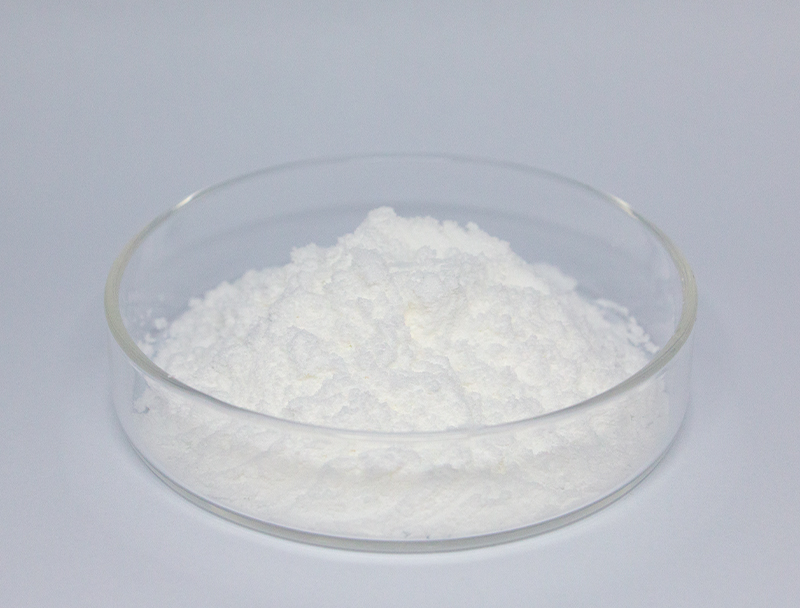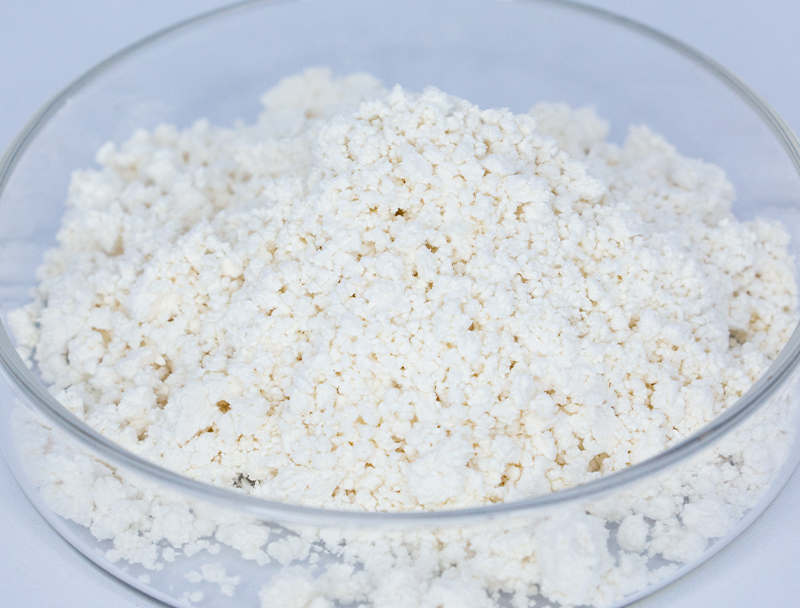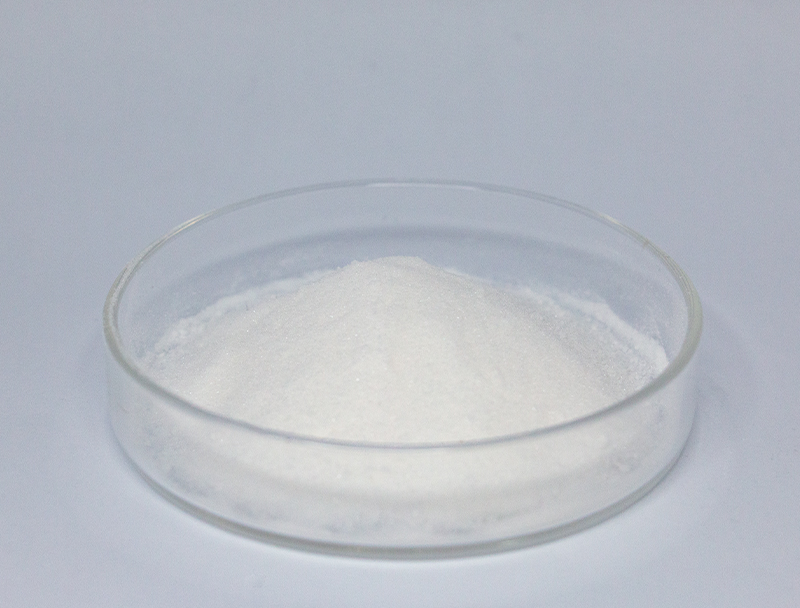
Biomanufacturing relies heavily on a comprehensive selection of starting materials to supply inventive bioproducts.
Assuring durable supply chain sourcing is indispensable to sustainable success and conscientious scaling.
diverse obstacles inherent in legacy sourcing approaches like ecosystem disruption and unsustainable harvesting. Hence, stakeholders must deploy sustainable supply practices to minimize environmental costs.
- Illustrations of eco-conscious sourcing involve:
- Harnessing secondary biomass from farming outputs
- Installing reclamation workflows to diminish waste and heighten recovery
- Collaborating with regional vendors focused on fair procurement
Embracing sustainable procurement produces environmental benefits with profitable potential.
Refining Biomass Sources to Enhance Fuel Conversion
Optimizing biofuel yields depends strongly on feedstock quality and makeup. Technologists actively pursue refinements to increase feedstock efficiency, resulting in superior production volumes and sustainable energy gains. Methods encompass cellular engineering to augment biomass output and refining processes to liberate fermentable carbohydrates.
- Likewise, initiatives explore candidates such as algal biomass, process wastes, and agricultural leftovers to extend sustainable feedstock availability for fuels.
- Via sustained research the industry stands ready to accomplish considerable improvements that enable a greener energy transition.

Biopharmaceutical Manufacturing: Advancements in Upstream Processing
involves foundational activities from cultivation to biomass harvest Modern progress within the sector has contributed to more efficient processes and higher production.
Key advancements include the utilization of novel cell lines, optimized culture media formulations, and intelligent bioreactor designs. These changes expand productivity and help reduce both financial and environmental overhead.
- Additionally, a shift to integrated continuous operations is providing enhanced flexibility and responsiveness in production.
- The progression to advanced biomanufacturing approaches should modernize the field and quicken therapeutic progress.

Molecular Editing Strategies to Increase Bioproduct Output
refinements in gene-targeting technologies have advanced protein production workflows. Using precise gene interventions, engineers raise the output of key therapeutic proteins. The strategy paves the way toward accessible, high-yield therapeutics across disease spectra.
Microbial Approaches to Effective Bioremediation
advanced microbe-driven remediation methods to treat contaminated sites sustainably. Microorganisms possess the remarkable ability to degrade and transform harmful pollutants into less toxic substances.. By harnessing this natural potential, we can develop environmentally friendly strategies for cleaning up contaminated sites and mitigating the negative impacts of industrial activities.. Laboratories test microbial species for efficacy against metals, pesticide pollutants, and oil-related contamination. Such organisms are usable in treatment systems or applied directly to soils and waters to drive biodegradation of contaminants..
Microbial remediation approaches present key benefits relative to classic remediation methods. These methods are economical and eco-conscious while reducing hazardous secondary waste. Concurrently, these solutions provide focused remediation without widespread environmental harm. Advancements continue apace to increase the speed, efficiency, and applicability of microbial remediation techniques.
Computational Biology in Drug Discovery
Bioinformatics techniques are integral to present-day therapeutic development workflows. By integrating diverse datasets, bioinformatics enhances candidate identification and therapeutic optimization.
- Through evaluating comprehensive genomic, proteomic, and clinical data, teams detect novel targets and predict drug action.
- Similarly, modeling drug–target interactions streamlines design of compounds with better efficacy and selectivity.
- Ultimately, bioinformatics modernizes development workflows and expedites access to safe, beneficial medicines.
Engineering Cellular Pathways for Improved Bioproduct Output
utilizes multiple approaches to enhance production of desirable bioproducts in cells. Programs use genetic redesign of metabolic networks, dynamic regulation of expression, and addition of heterologous genes to unlock new capabilities. By refining pathway flux and regulation engineers can significantly raise bioproduct production.
Such an integrated approach may disrupt diverse fields including therapeutics, crop science, and sustainable fuels.

From Lab to Plant: Challenges and Opportunities in Biomanufacturing Scale-Up
Commercializing biopharma production involves significant constraints and promising benefits. Sustaining uniform quality across expanded production capacity is a principal challenge. This requires robust process control, precise monitoring, and sophisticated analytical techniques.

Also challenging is the layered complexity of biomanufacturing encompassing numerous sequential steps.. Translating lab methods into scalable operations needs heavy research and technology breakthroughs.. Yet, the returns can be substantial. Skilled scaling can enlarge supply, lower prices, and increase profit potential.
Several projects are designed to mitigate these scaling barriers. Examples include novel optimization technologies, predictive analytics for real-time control, and inventive production models.
- Research and development activities are central to evolving manufacturing capacity.
- Government agencies are streamlining review procedures to permit quicker uptake of new production technologies and foster innovation.
Regulatory Considerations to Maintain Biopharmaceutical Safety and Performance
Advancing biopharmaceuticals involves heavy regulatory scrutiny to secure product safety and proven efficacy. Biopharmaceuticals, often derived from biological sources, present unique challenges compared to traditional medications.
Regulatory authorities including FDA and EMA are central to creating criteria and processes for approving innovative biologics..
Rigorous testing protocols are mandatory throughout the development lifecycle, from pre-clinical research to post-market surveillance.. These measures aim to identify potential risks and guarantee that biopharmaceuticals meet the highest levels of safety..
Likewise, authorities progressively modify regulatory tactics to follow the speed of innovation in biopharma.. Policies involve deploying novel tech and expediting development while preserving commitment to patient safety.

Plant-Origin Feedstocks in the Production of Bioplastics
Heightened demand for sustainable products accelerates efforts to develop renewable material alternatives. Plant-origin feedstocks converted into bioplastics create promising opportunities for eco-friendly materials. Plant inputs like corn-derived starch, cellulose derivatives, and sugarcane can be turned into degradable plastics that lessen environmental burdens.
Furthermore, these bioplastics often possess comparable properties to their petroleum-based counterparts, making them suitable for a wide range of applications.. Ongoing R&D is essential to scale plant-based bioplastics and realize circular economic benefits.
Biotech Contributions to Global Health and Crop Productivity
Biotechnology has emerged as a powerful tool with the potential to revolutionize global health and address food security challenges. Using genome engineering, synthetic biology techniques, and cell-based treatments, innovators devise ways to tackle pathogens, amplify yields, and improve nutrition.. A concrete example includes modified 2-Ketoglutaric acid crops engineered for pest and stress tolerance that yield more while decreasing pesticide needs. Also, biotechnological innovation fuels development of immunizations, antimicrobial treatments, and diagnostic platforms vital for disease control and population health.. With ongoing research, biotech is positioned to enable broad improvements in health and food security that serve global populations.
